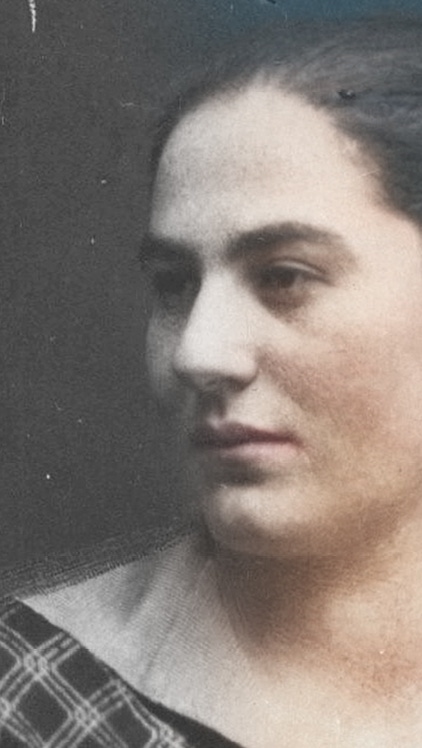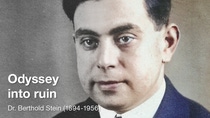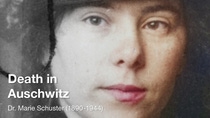Who we are
Dr. Agate Carst - Taking proactive steps
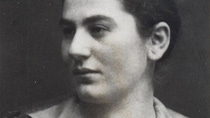
Lifetime: 1896-1975
Profession: Physicist
Employment at the plant 1927-1936
Grounds for discrimination/persecution: "Jewish descent" [self-declaration]
Fate: Self-resignation; emigration
She must have made the decision long before she picked up her fountain pen. On March 22, 1936, Dr. Agate Carst informed her employer of her intentions. In her resignation letter, the physicist, who had worked in the main laboratory in Ludwigshafen since 1927, explained the grounds for her decision. Agate Carst was afraid:
“With explicit acknowledgment of the fact that I am of Jewish descent, I wish to inform you of the following: Over the past three years, I have come to realize that life in Germany – which I have always considered my homeland – has become an emotional burden that I am no longer able to bear in the long term, especially since I no longer have the right to fulfill the duties of a citizen of the Reich.”
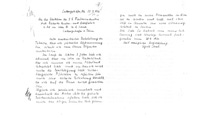
An opportunity for a new life
The sources available are not clear on what exactly Agate Carst meant by her “Jewish descent.” She herself states her religious denomination as “Protestant,” suggesting that her parents converted to Christianity before Agate’s birth. From today’s perspective, knowing what was to come, her decision to emigrate potentially saved her life. Yet her letter of resignation suggests how difficult the decision was for Agate Carst:
“Although I have personally always experienced the utmost consideration both within and outside the company, I have nonetheless been compelled for the aforementioned reasons to turn to my relatives overseas and hope, with their help, to find an opportunity for a new life in America. Therefore, I hereby give proper notice of my resignation effective as of September 30, 1936.”
A skilled researcher
Agate Carst was an educated woman whose scientific training included work at the prestigious Kaiser Wilhelm Institute for Physical Chemistry and Electrochemistry in Berlin-Dahlem (now the Fritz Haber Institute of the Max Planck Society) – a role that suggests both personal ambition and successful application of her skills.
In 1927, her career brought her to Ludwigshafen, where she worked “in the Main Laboratory on the most diverse range of physics-related problems (surface measurements, electron diffraction experiments, material testing of synthetic silk fibers, etc.).” The researcher lived and worked here until 1936 – but was unable to stay.
A new life in the New World
She was to put her emigration plans into effect even sooner than she had originally anticipated. In April, she informed I.G. Farben that she had the chance to leave for the United States “as early as May” and that, given the “purchases” she needed for the “move abroad,” “if you would arrange for the final settlements with me to be made now.” Shortly afterwards, she confirmed receipt of 1,246.51 RM paid into the I.G. Farben pension fund and relinquished any further claims. She was also paid her remaining salary, including special bonuses.
Agate Carst emigrated to the United States via South America at the age of 40. Little is known about the life she built there or whether she resumed her career. She certainly never returned to Germany. In her new homeland, she married Gerhard Hinrichsen (1897-1988), a businessman from Güstrow who had emigrated to Brazil in 1934. Agate Carst died in Brazil in 1975 at the age of almost 80.
She survived the Holocaust, unlike her older sister, Irene, who remained in Germany. She was murdered in Treblinka in July 1942.
